Elderberry, American Black (Sambucus canadensis) packet of 50 seeds
$4.95
Family: Honeysuckle (Caprifoliaceae)
Hardy to Zones 3 to 9
(Common Elderberry, American Elderberry) Perennial, deciduous, multistemmed woody shrub native to Eastern and Central North America, including Canada and the US, from Nova Scotia all the way to Florida, and west into Iowa and Illinois. This is the wild form that may easily be seen flowering in low places, moist ground and swails in the midwest. It makes very large flowers and is quite common. The berries are considered equal to the European black elderberry in terms of taste and activity, although the great majority of studies have been conducted on the European form, which has been shown to contain a unique antiviral protein. Traditional us of American Black Elderberry (TWM, Native American): Colds, flu, immune enhancement. Source of anthocyanins, bioflavonoids, vitamins and antioxidants. The syrup, tincture or glycerite of these berries is traditionally used (TWM) for treating the common cold and for overall increase in immunity. Cultivation: Seed best planted outdoors or in an unheated greenhouse or shadehouse soon after ripening (summer) to fall for germination the following spring. Plant the seeds in moist, shady area–it is best to plant 1/2 inch deep in rich soil in flats or in gallon pots, as they take a long time to come up, and control is needed. If outdoor treatment is not possible, give 70 days warm, moist conditions (70 degrees F), then refrigerate for 90 days, then plant in greenhouse or outdoor conditions. If you soak the seeds before planting, do not be alarmed when the seeds float–floating elderberry seeds are viable! Outdoor conditions are preferred–do not try to grow indoors in a bright window–oscillating temperatures are required. Sow seeds in very rich and composty soil medium–do not use sterilized medium–alive soils stimulate germination and mycorrhizal associations may begin early on. Once germinated, the seedlings grow rapidly.Grow out in a shaded place in pots for a year before transplanting to final location. Space trees at least 15 feet apart.
50 seeds/pkt, in dried berries, certified organically grown
In stock

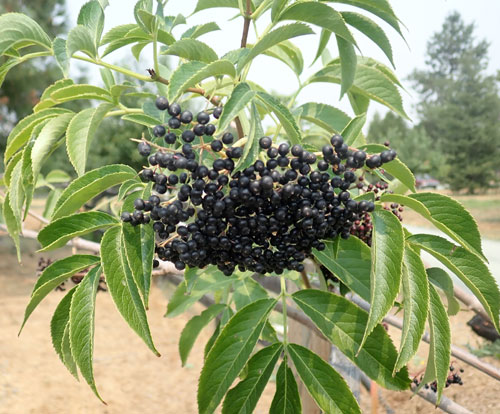
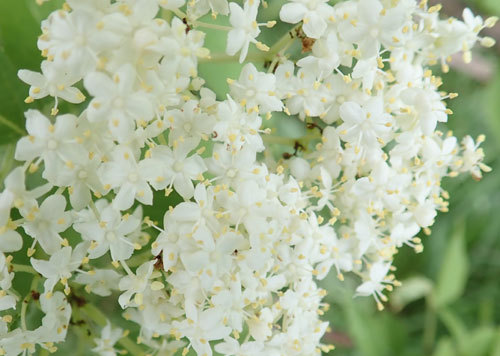
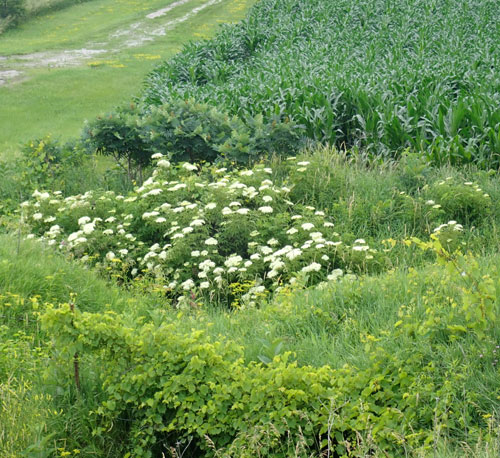
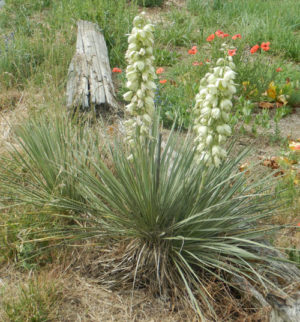
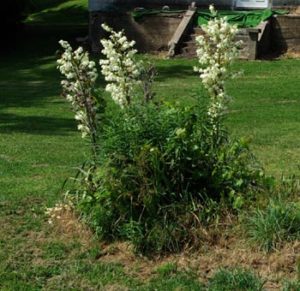
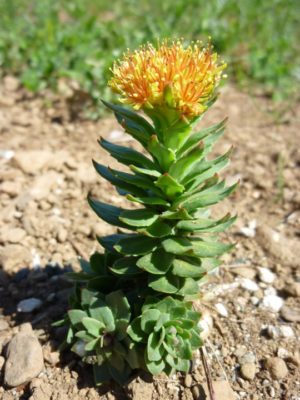
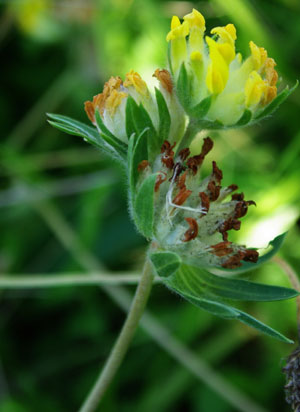
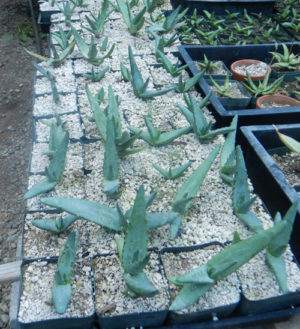

Question
Kelly –
Will this grow in the desert in new mexico?
Thank you
Upvote if this was helpful (0) Downvote if this was not helpful (0) Watch Unwatch Flag for removal
Richo Cech –
Hi Kelly, Thanks for writing. Actually, your best choice would be the drought-tolerant and bioregionally appropriate Sambucus mexicana. Richo
Upvote if this was helpful (0) Downvote if this was not helpful (0) Flag for removal
Question
Ellen –
Hello! I read that berry bushes and fruit trees do not grow true to type from seed, would these produce “normal” elderberries ?
Upvote if this was helpful (0) Downvote if this was not helpful (0) Watch Unwatch Flag for removal
Richo Cech –
Hello Ellen,
Thanks for staying in touch! If you’re trying to save seed of a hybrid or specialty cultivar (e.g. “Midnight Lace”) then no, you can’t expect the seeds to come true to cultivar. However if you’re working with open-pollinated seeds of the native landrace, then they will come true to type. The seeds we’re offering are of the latter type–not a specialty subspecies but rather the wild ecotype, so you can expect them to come true to type. I hope that answers your question and an added thought I have: the internet is full of misinformation, half-truths and advice from people who have no experience but are simply echoing misinformation. Trusting what you read online is a little like walking through a cow pasture at night and expecting in the end to find manna on your boots. What you really end up with is something less fragrant. Richo
Upvote if this was helpful (5) Downvote if this was not helpful (0) Flag for removal
Question
Carlos –
Where were the seeds collected?
Upvote if this was helpful (0) Downvote if this was not helpful (0) Watch Unwatch Flag for removal
Richo Cech –
these are wild-harvested in iowa
Upvote if this was helpful (0) Downvote if this was not helpful (0) Flag for removal
Question
E. Hogan (verified owner) –
Hi there, i just received the packet of these seeds and am wondering if it is too late to plant these? It says 90 days germination im in northern California where temperatures are already near summer levels.. is if I refrigerate to germinate now, 90 days puts me in hot july/august.. can I plant them in pots in an all day shady spot or will it still be too hot?
Upvote if this was helpful (0) Downvote if this was not helpful (0) Watch Unwatch Flag for removal
Richo Cech –
Hi! I would store the seeds in their packaging in the fridge and then plant them in outdoor conditions in November for germ in the spring. richo
Upvote if this was helpful (0) Downvote if this was not helpful (0) Flag for removal
Donna –
Hi Richo,
Do I need to buy 2 different types of Elderberry trees to ensure pollination? Thanks.
Upvote if this was helpful (0) Downvote if this was not helpful (0) Flag for removal
Richo Cech –
Hi Donna, The open-pollinated types such as the american black elderberry are self-fertile and also appreciate outcrossing with more trees of the same type. They do not need a different type to ensure pollination. Richo
Upvote if this was helpful (0) Downvote if this was not helpful (0) Flag for removal
Question
Brynn Seaton –
Hello! I have about six elder plants in gallon pots that I started from your seeds earlier this winter/spring. I have read through a lot of the comments here and am planning on keeping them in their pots over winter (I live in MD) but am unsure how to prep them for the winter temps. We have plenty of options for sheltered location (barn, covered structure) but do not have a bonafide greenhouse where they would be covered and exposed to sunlight. Do I need to cover them or can I just let them go dormant outside unprotected? Thanks in advance!
Upvote if this was helpful (0) Downvote if this was not helpful (0) Watch Unwatch Flag for removal
Richo Cech –
Hello Brynn, Thanks for reporting success with the elderberry seeds! Yes, you’re thinking in the right direction. It is very important to let the young plants take on their standard dormancy by keeping them in outdoor conditions. Hopefully they’ve put on a bit of wood which helps assure winter survival. It is best if they are kept somewhere where they will receive rainfall and snowfall. You might want to bury the pots or at least mulch up around them to protect the roots from too much frost. Richo
Upvote if this was helpful (1) Downvote if this was not helpful (0) Flag for removal
Anne Smith (verified owner) –
So excited to have my Elderberry seeds and just about to get them ready cold treating them for germination. I am new to all this so have researched this American variety. These berries can be harvested when ripe and dark the same for the antiviral
Properties correct? So many varieties I am reading about I was getting confused . I love this company by the way.
Thanks Anne
Upvote if this was helpful (0) Downvote if this was not helpful (0) Flag for removal
Richo Cech –
Hello Anne, I have to admit a preference for the European form–it tends to be more tree-like and the berries larger. However many herbalists swear by the American form and it is indeed used by many for making the syrup. Richo
Upvote if this was helpful (0) Downvote if this was not helpful (0) Flag for removal
Question
Sarah –
How many seeds per pot should I plant? Will the plants bear berries in the first year while they’re still growing in the pot? Should I allow the plants to overwinter in the pots, before transplanting, if I live in a cold area? Thanks
Upvote if this was helpful (0) Downvote if this was not helpful (0) Watch Unwatch Flag for removal
Admin Richo Cech –
Hi Sarah,
I would put the entire packet in a gallon pot. The plants will not bear berries in the first year, these are long-lived woody perennials that may take years to get established. Yes, you need to plant the seeds now, they germinate in the spring, and then must be worked up in successively larger pots before transplanting–this takes at least 2 years. Planting elderberry from seeds can be very challenging, I direct you to our potted plants, and suggest purchasing in the spring in order to avoid the issues of overwintering.
Richo
Upvote if this was helpful (0) Downvote if this was not helpful (0) Flag for removal